Guest Blog: What Can You Tell Me About the “Dirty Dozen?”
11/14/2023
By Jeff Cardinale, Communications Director, California Strawberry Commission
Working in agriculture communications for the last 12 years, this used to be my least favorite question. That was until I became involved with the Alliance for Food and Farming (AFF). Now, “What can you tell me about the ‘Dirty Dozen?’” is, in fact, my favorite question. So much so that I actively bring up the “Dirty Dozen” with consumers, dietitians or anyone else who I meet, even the unsuspecting Lyft driver who recently took me to the airport.
So why do I love addressing the “Dirty Dozen” topic head on? It’s simple: I have science-based information, provided by the AFF, that turns skeptics, non-informed dietitians, media, consumers and Lyft drivers into believers in conventional and organic farming, and, more importantly, fans of fruits and vegetables.
As Communications Director for the California Strawberry Commission, I know all too well that every year, strawberries are erroneously placed at the top of the “Dirty Dozen” list. I have worked closely with the AFF team to combat the false claims of the “Dirty Dozen” list with messaging, research studies, and my favorite tool—the Pesticide Residue Calculator.
If you have never seen the Pesticide Residue Calculator in action, you need to because it is the single most important tool in the agriculture communications/PR tool bag. The calculator, found here on the AFF website, allows users to see for themselves just how safe our fruits and vegetables are. Simply choose man, woman, teen, or child, pick a fruit or vegetable, and then get the results. According to the calculator, which is based on a report from toxicologists at the Personal Chemical Exposure Program at University of California, a child could consume 181 SERVINGS of strawberries (or 1,481 individual strawberries) in one day without any effect even if the strawberries have the highest pesticide residue recorded for strawberries by USDA.
The California Strawberry Commission recently attended the Food and Nutrition Conference and Expo, better known as FNCE, last month in Denver. FNCE is the largest gathering of dietitians, health and other nutrition professionals in the United States. In short, these are the people who are informing millions of consumers on the health benefits of fruits and vegetables, including strawberries. Unfortunately for the ag community, many dietitians and other health professionals may be uninformed when it comes to the “Dirty Dozen” list. So, while telling clients how beneficial fruits and vegetables are, they may also provide no information, or even worse, the wrong information about the “Dirty Dozen” list.
At FNCE, I was asked “What can you tell me about the ‘Dirty Dozen’ list?” about 20 times during the first day of the Expo. In response, I provided them with the fact-based statistics and messaging from the AFF. I noticed that it wasn’t resonating with some of them as much as I would like. When day two of the Expo started, and I was asked about the “Dirty Dozen,” I pulled out my iPhone, and called up the Pesticide Residue Calculator and showed them the results. There was the “ah-ha” moment I was looking for. The calculator was so meaningful to attendees, dietitians were literally taking pictures of my phone screen so they can show their clients. On the last day of the conference, I was actively asking anyone who came to the California strawberry booth what they knew about the “Dirty Dozen” and then promptly showed them the calculator results on my phone.
The AFF believes strongly in personal and transparent connections with dietitians and other influencers. Each year, the AFF hosts a farm tour where dietitians and influencers visit farms, ask questions and address their concerns with farmers directly. These tours also provide growers and shippers with the opportunity to showcase all the innovation, care, and safety measures that go into bringing fruits and vegetables from farm to table.
The tour and the calculator are just two of the many resources the AFF offers to members and those who visit the Safe Fruits and Veggies website.
The California Strawberry Commission would have a very difficult time navigating the “Dirty Dozen” list each year if it wasn’t for the AFF’s work. The AFF provides information that dispels all the misinformation and scare tactics that come not only with the “Dirty Dozen” list but in media articles and other activists’ work throughout the year as well. This information is vital to the Strawberry Commission and agriculture in general whether that information is going to dietitians, influencers, media or unsuspecting Lyft drivers.




Leave a Reply
Want to join the discussion?Feel free to contribute!